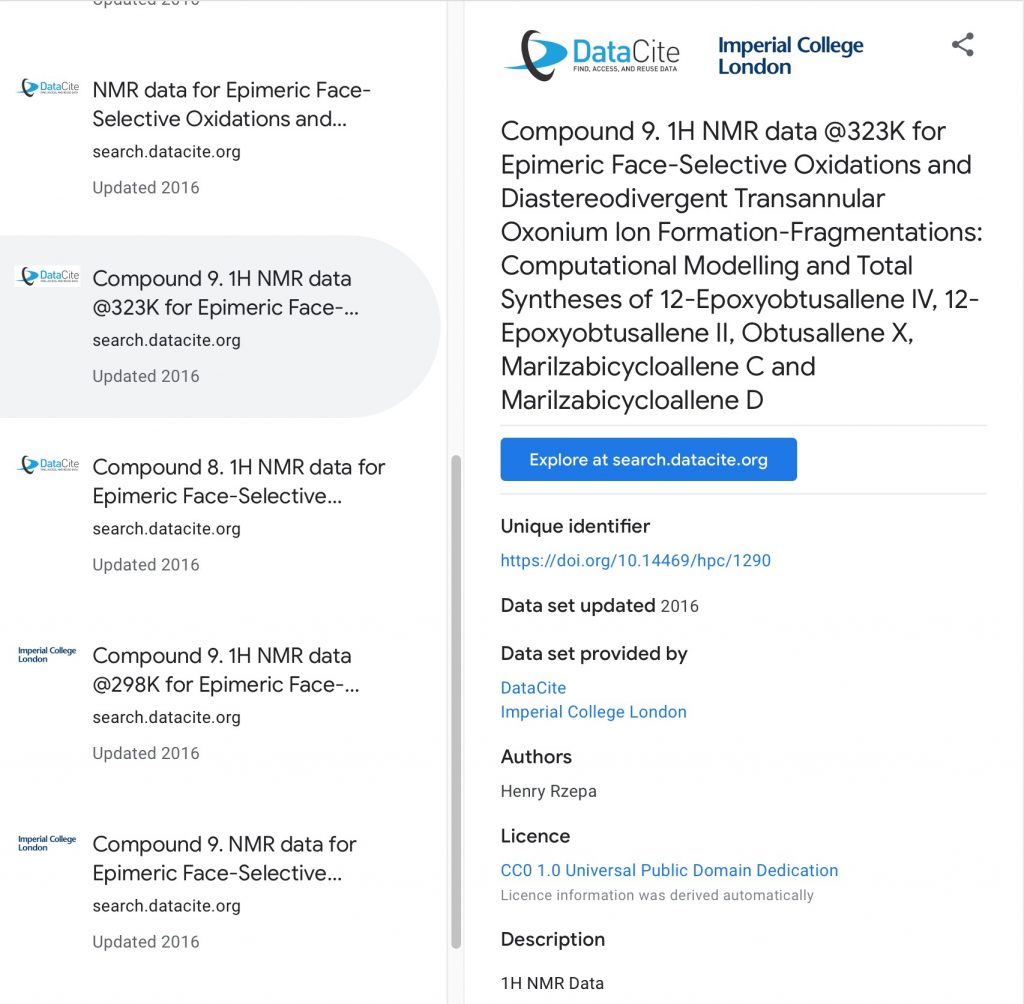
Chemists have long been familiar with search engines that aspire to index a large proportion of the chemical literature.

Chemists have long been familiar with search engines that aspire to index a large proportion of the chemical literature.
In the previous post, I looked at the mechanism for 1,4-nucleophilic addition to an activated alkene (the Michael reaction). The model nucleophile was malonaldehyde after deprotonation and the model electrophile was acrolein (prop-2-enal), with the rate determining transition state being carbon-carbon bond formation between the two, accompanied by proton transfer to the oxygen of the acrolein.
In 2013, I created an iTunesU library of 115 mechanistic types in organic and organometallic chemistry, illustrated using video animations of the intrinsic reaction coordinate (IRC) computed using a high level quantum mechanical procedure. Many of those examples first derived from posts here. That collection is still available and is viewable in the iTunesU app on an iPhone or an iPad.
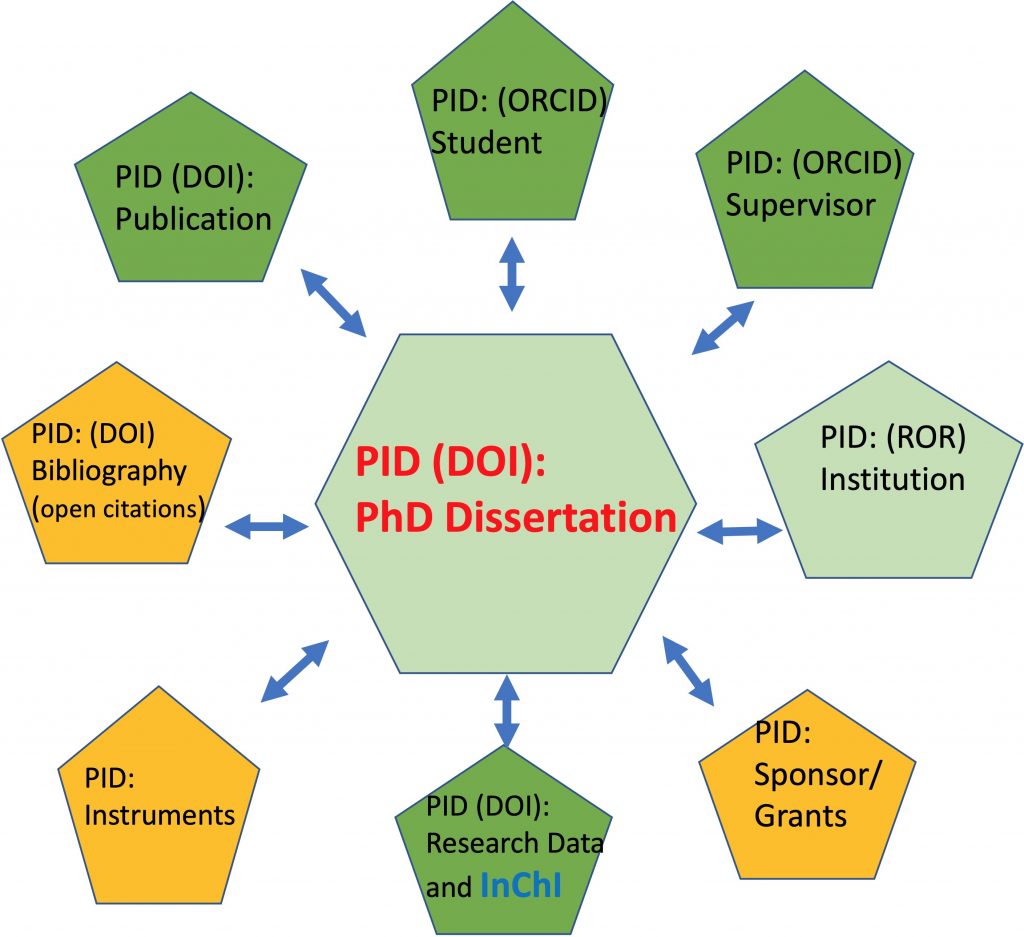
A PID or persistent identifier has been in common use in scientific publishing for around 20 years now. It was introduced as a DOI (Digital Object Identifier), and the digital object in this case was the journal article. From 2000 onwards, DOIs started appearing for most journal articles, journals having obtained them from a registration agency, CrossRef.
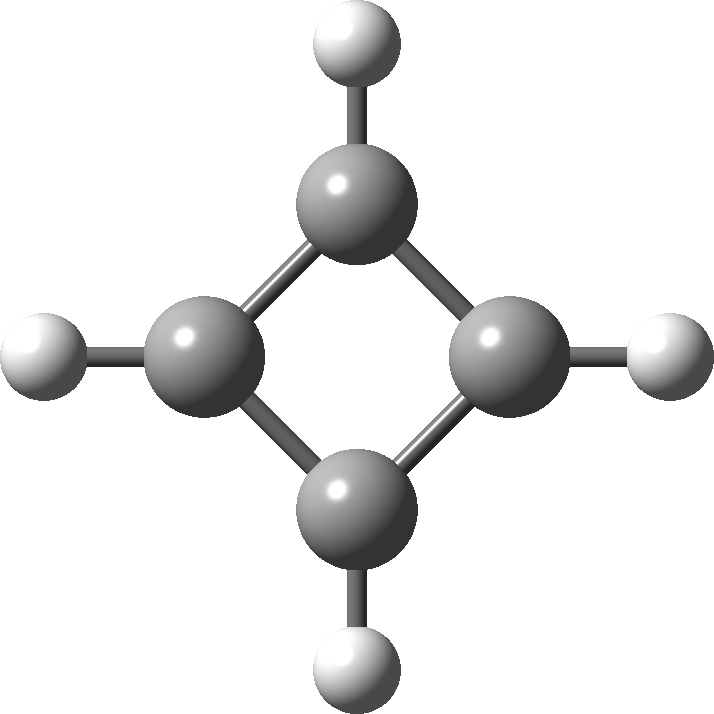
In 2001, Shaik and co-workers published the first of several famous review articles on the topic A Different Story of π-Delocalization.
In a welcome move, one of the American chemical society journals has published an encouragement to submit what is called FAIR data to the journal.[cite]10.1021/acs.orglett.0c00383[/cite]. A reminder that FAIR data is data that can be Found (F), Accessed (A), Interoperated(I) and Re-used( R). I thought I might try to explore this new tool here. You start at the ACS Research Data Center
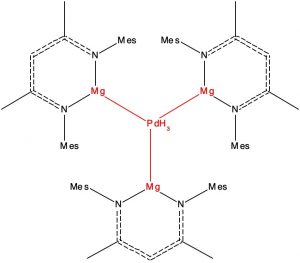
Here is another selection from the Molecules-of-the-Year shortlist published by C&E News, in which hexagonal planar transition metal coordination is identified.
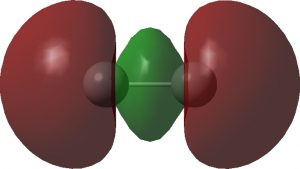
I noted in an earlier blog, a potential (if difficult) experimental test of the properties of the singlet state of dicarbon, C 2 . Now, just a few days ago, a ChemRxiv article has been published suggesting another (probably much more realistic) test.[cite]10.26434/chemrxiv.11446224.v1[/cite] This looks at the so-called 7 Σ open shell state of the molecule where three electrons from one σ and two π orbitals are excited
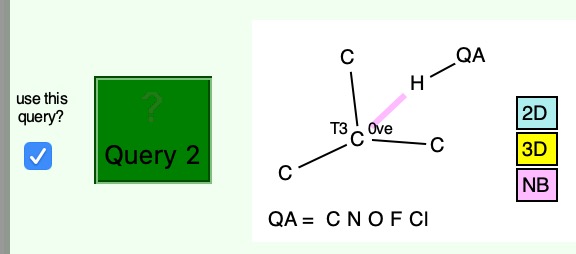
Having shown that carbon as a carbene centre, C**:** can act as a hydrogen bond acceptor, as seen from a search of crystal structures, I began to wonder if there is any chance that carbon as a radical centre, C• could do so as well. Definitely a subversive thought, since radical centres are supposed to abstract hydrogens rather than to hydrogen bond to them.
In the previous post, I showed that carbon can act as a hydrogen bond acceptor (of a proton) to form strong hydrogen bond complexes. Which brings me to a conceptual connection: can singlet dicarbon form such a hydrogen bond? Dicarbon can be variously represented as above. The first form shows it as a bis-carbene, with an unbonded lone pair of electrons at each end of a carbon double bond.